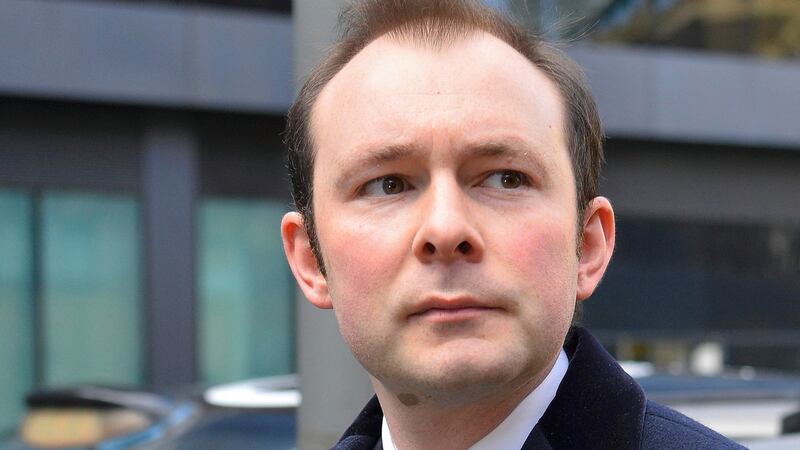Three former Barclays bankers have been found guilty by a jury of conspiring to rig a key interest rate in a high profile trial.
Jonathan Mathew, 35, a Libor submitter, along with traders Jay Merchant, 45, and Alex Pabon, 37, were found guilty of conspiring with others at Barclays to manipulate US dollar Libor - the benchmark interbank lending rate - for more than two years, until September 2007.
They had denied wrongdoing in a 14-week jury trial at Southwark Crown Court.


Barclays’ main Libor submitter Peter Johnson had pleaded guilty to the charge before the trial began.
Verdicts
The verdicts were delivered on Wednesday but were not able to be reported immediately as the jury was still deliberating on the fate of two other co-defendants and the judge imposed a reporting restriction.
However the jury was later discharged on Monday after being unable to reach verdicts on the two other defendants, Stylianos Contogoulas, 44 and Ryan Reich, 34. It is unclear whether they will face a retrial.
Mathew sat in the dock with his head in his hands after the unanimous guilty verdict was read out by the jury last week, watched by his tearful wife and parents sitting in the public gallery. Pabon sat silently in the dock shaking his head.
The four convictions are being hailed as a success for the Serious Fraud Office, which brought the case. Before this trial it had only secured the conviction of trader Tom Hayes for Libor manipulation.
A second trial earlier this year resulted in acquittals for six former brokers at ICAP, Tullett, Prebon and RP Martin in what was seen as a serious setback for the anti-fraud agency.
Settlement
Barclays was the first bank to settle with US and UK authorities over Libor-rigging, which reduced the overall fine of £290 million the bank paid four years ago. But the early settlement triggered a wave of negative publicity and the subsequent departures of several Barclays executives, including the bank’s then chief executive Bob Diamond.
In the trial of the Barclays bankers, prosecutors set out how the defendants were “driven by money” to make more profit on their trades.
Three of the defendants were based in the bank’s New York offices and would message Libor submitters at Barclays in London when their desk was exposed or at risk of losing “huge amounts of money”, the court heard.
The defendants would tell the submitters which way they wanted the interest rates to go to help their trading book and the submitters would “do their best to ensure these requests were carried out”, prosecutors alleged.
Prosecutors also pointed to emails between the traders and submitters detailing what they claimed was “clear evidence of dishonesty and manipulation”.
“Our desk has a big position we’re very much in favour of a crazy high Libor setting,” one email read.
“We just need to f**king smash it. Have him set it low,” another email read.
At the time, Barclays was one of 16 panel banks that submitted daily estimates of borrowing rates to the British Bankers’ Association, which then used them to calculate the Libor rate. The rate is used to underpin $300tn of transactions.
In coming to their verdicts, the jury rejected the three defendants’ defence where they talked about a culture of fear and intimidation at Barclays and suggested the bank had never schooled the traders in the rights and wrongs of Libor setting.
Copyright The Financial Times Limited 2016










